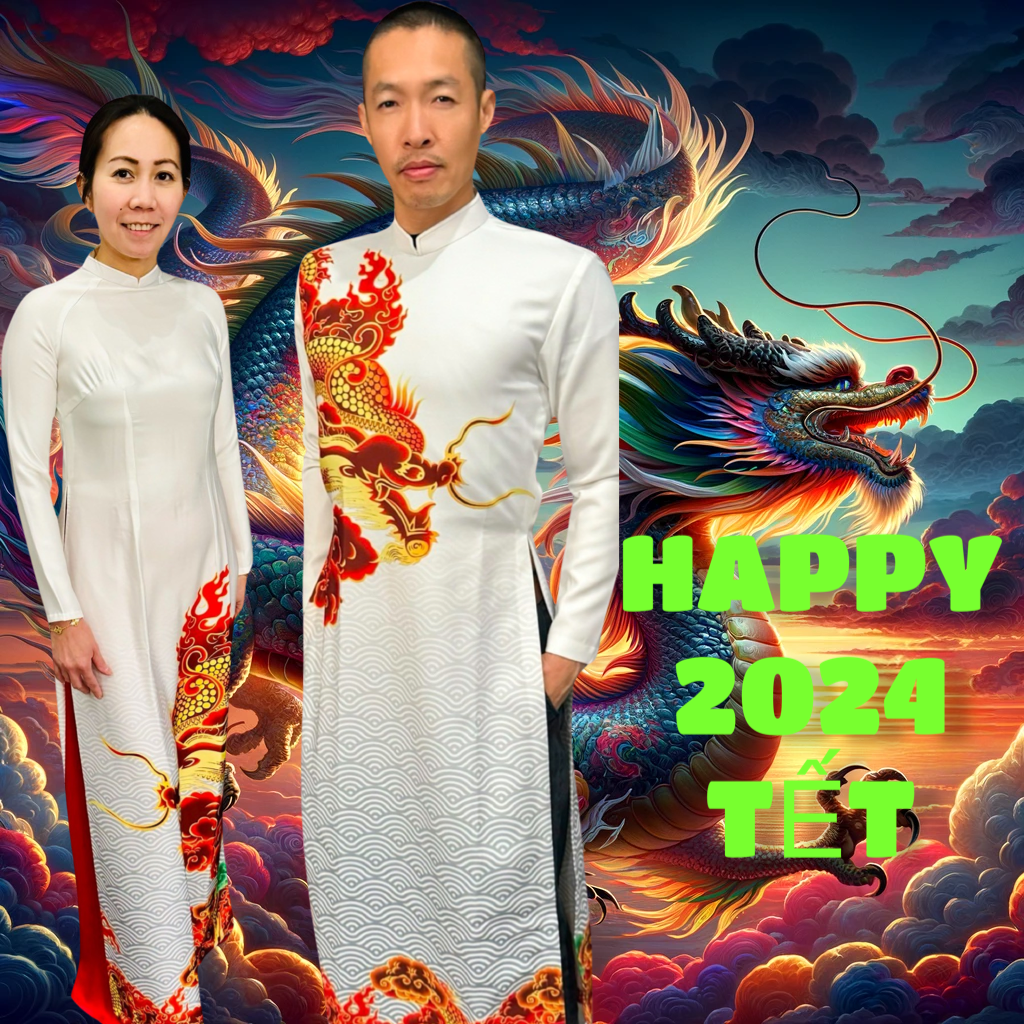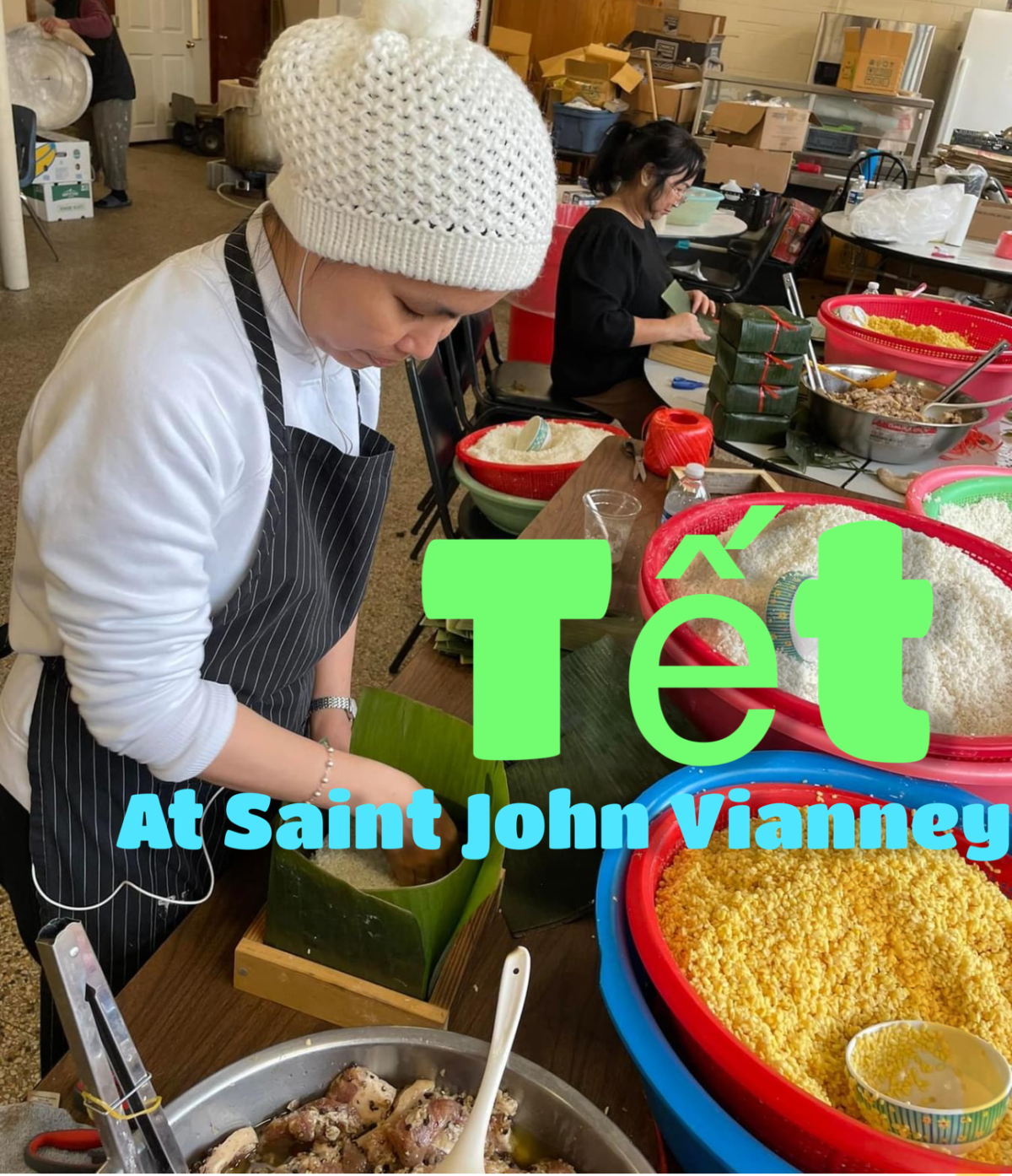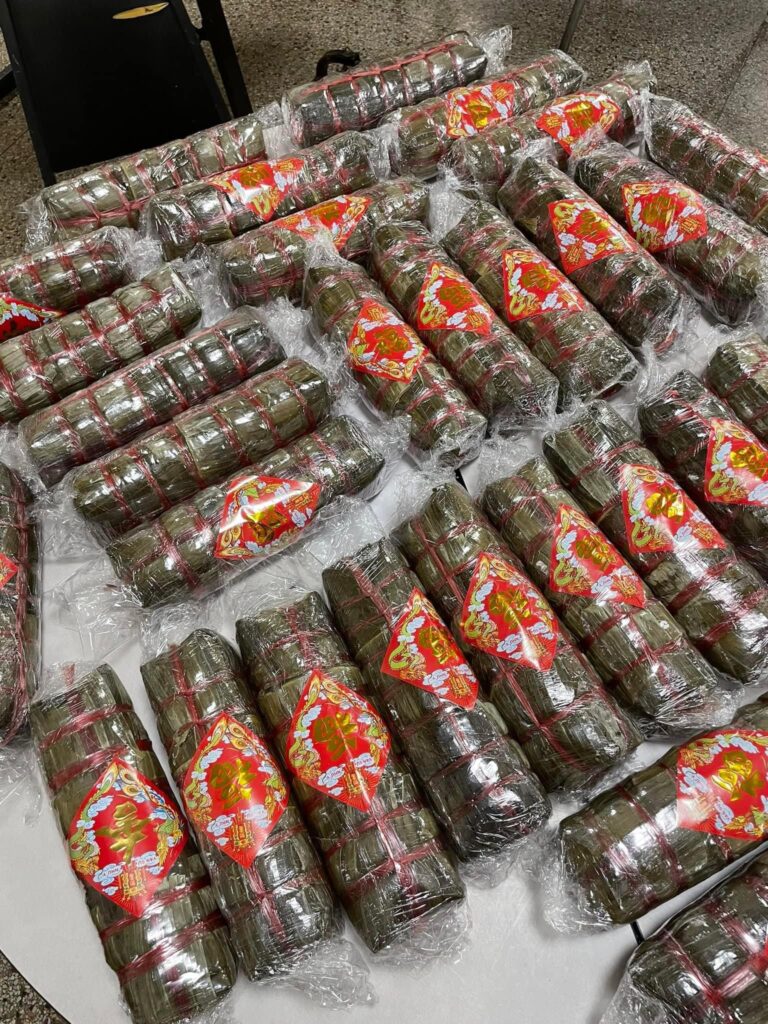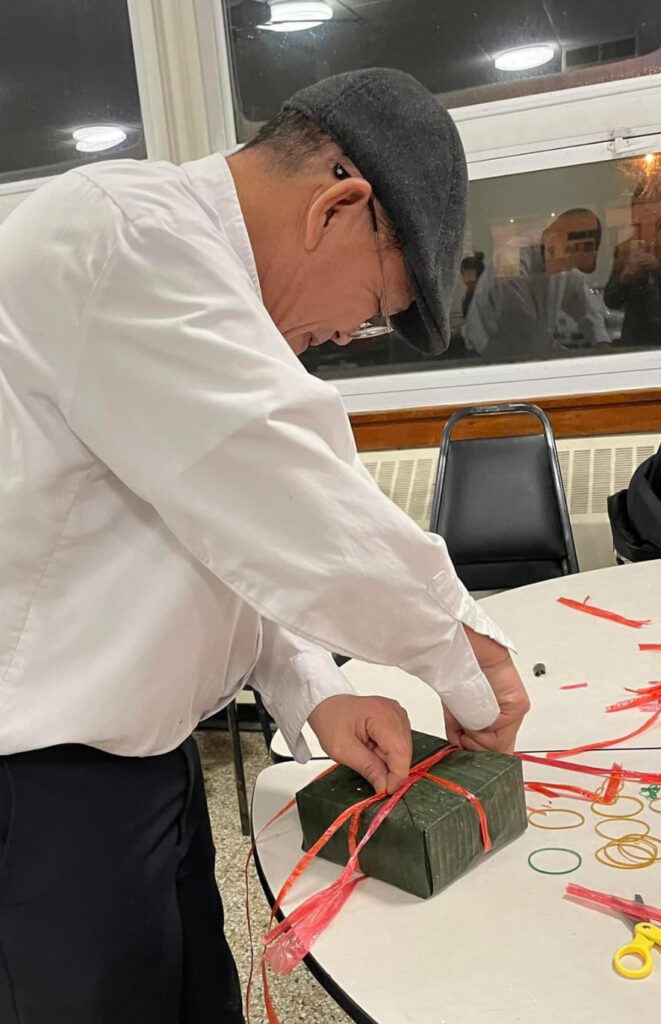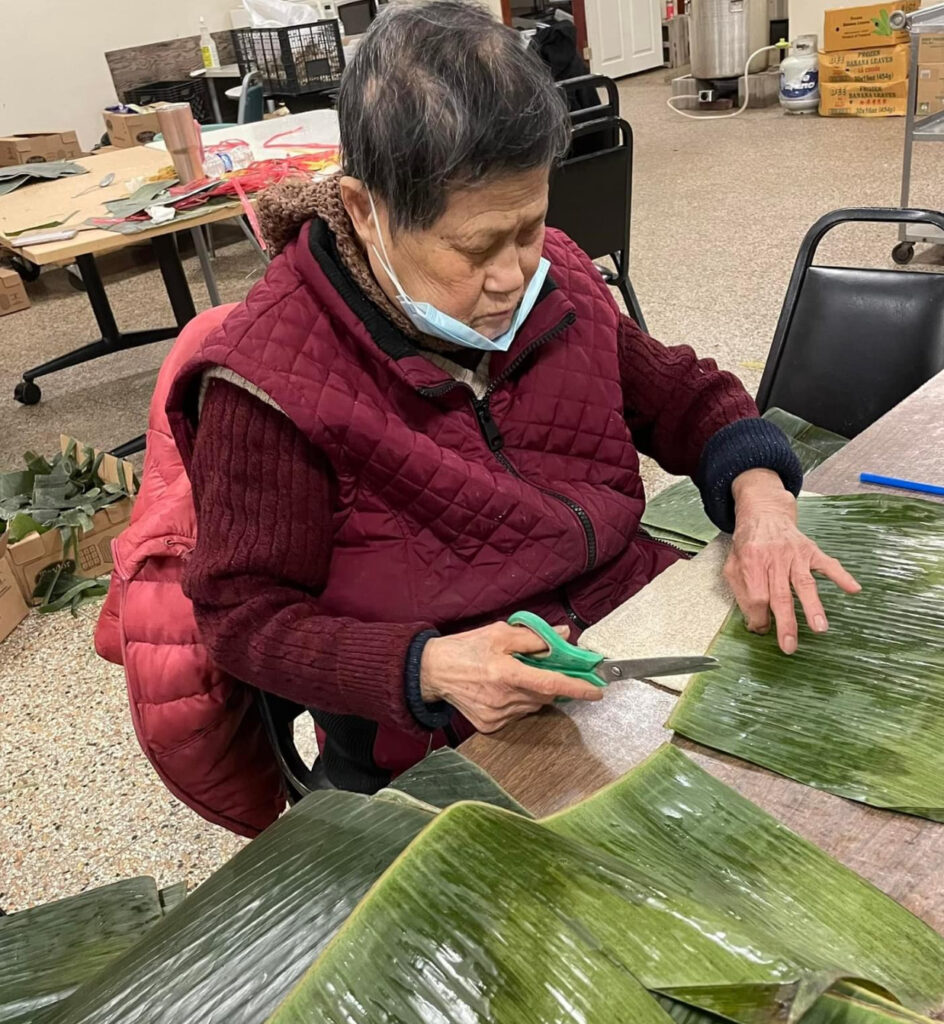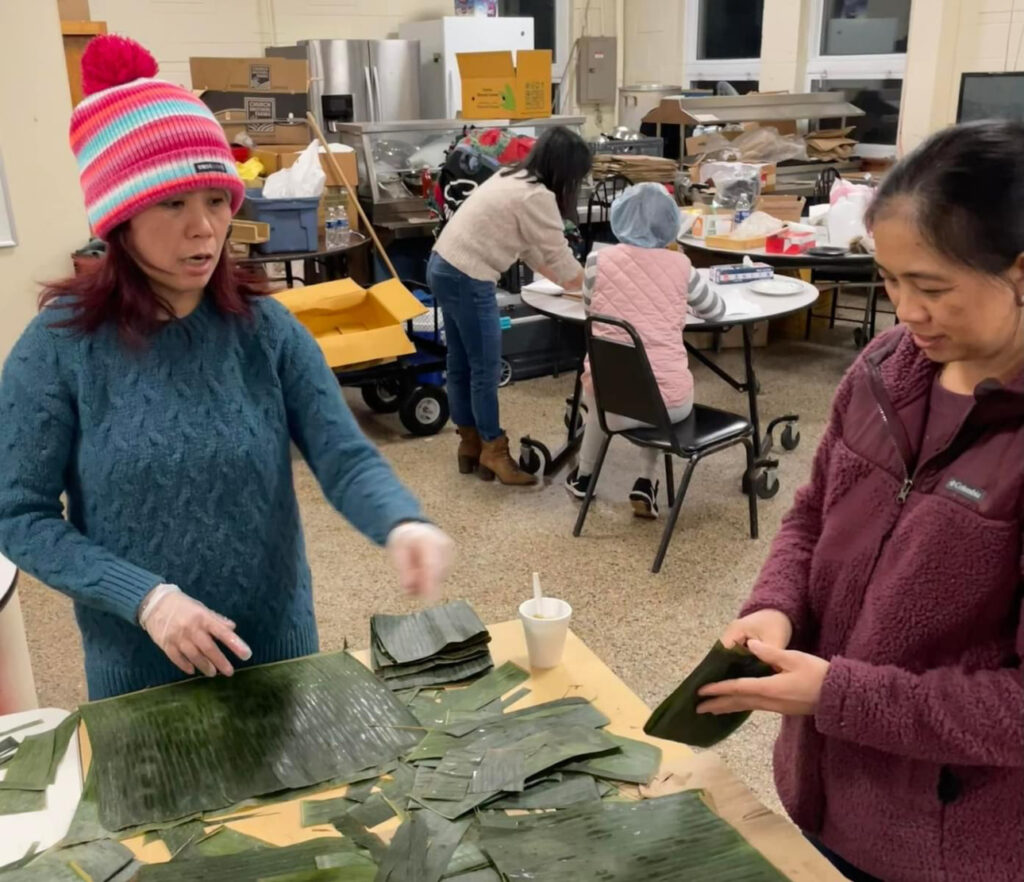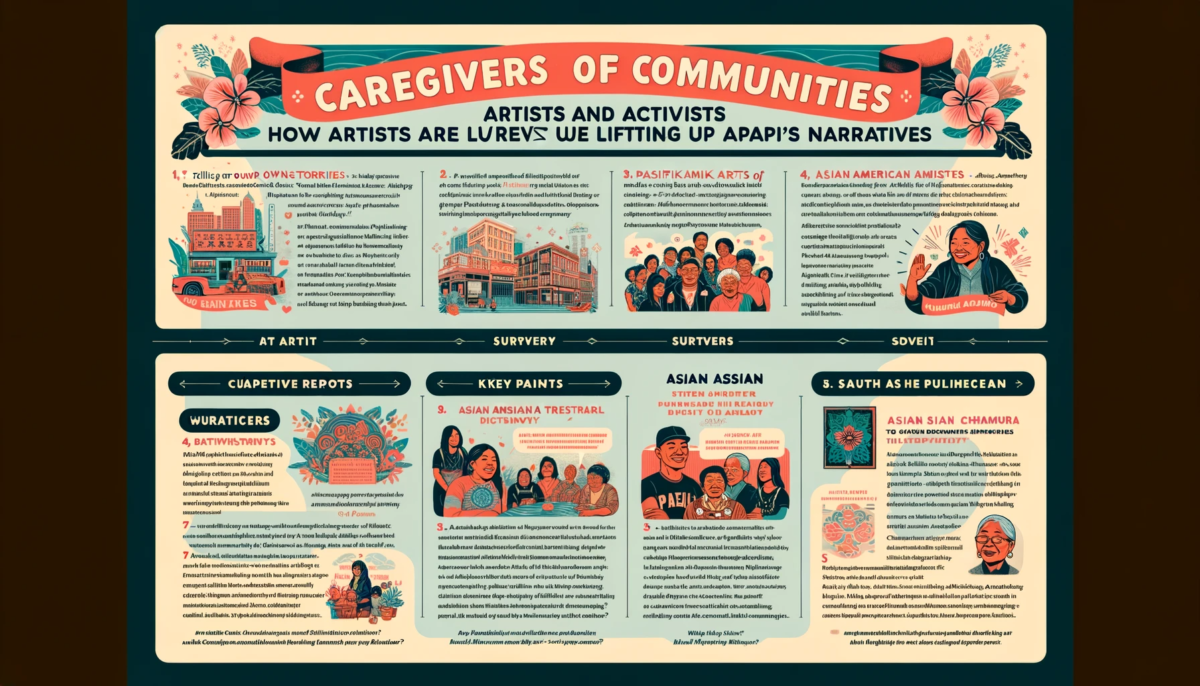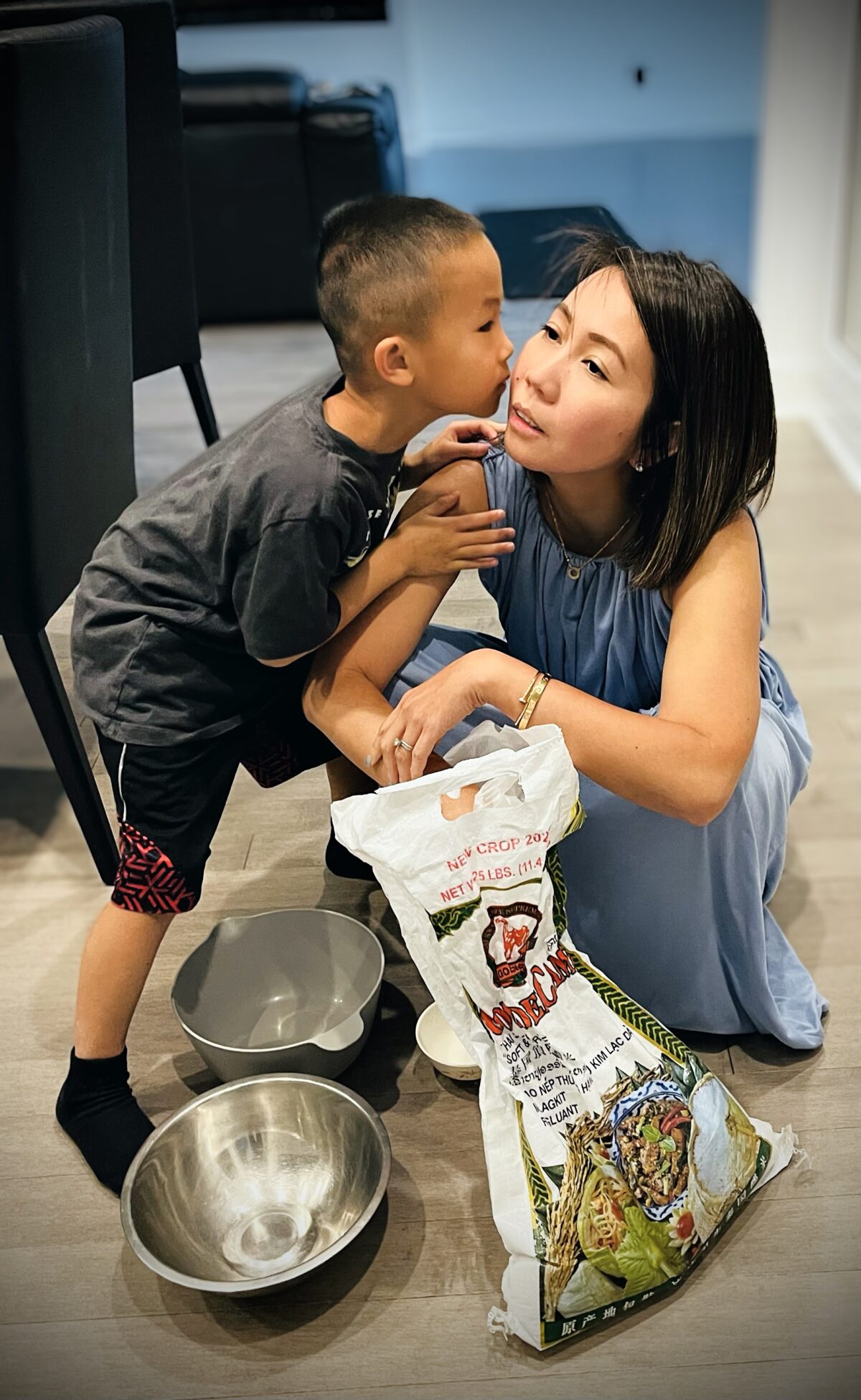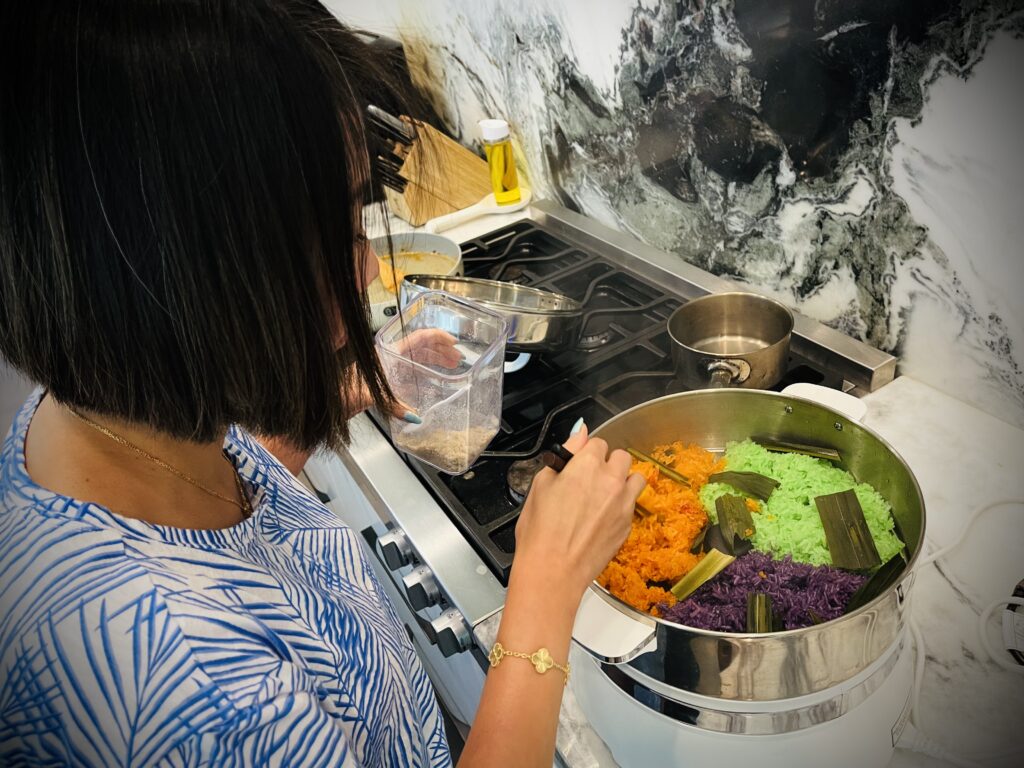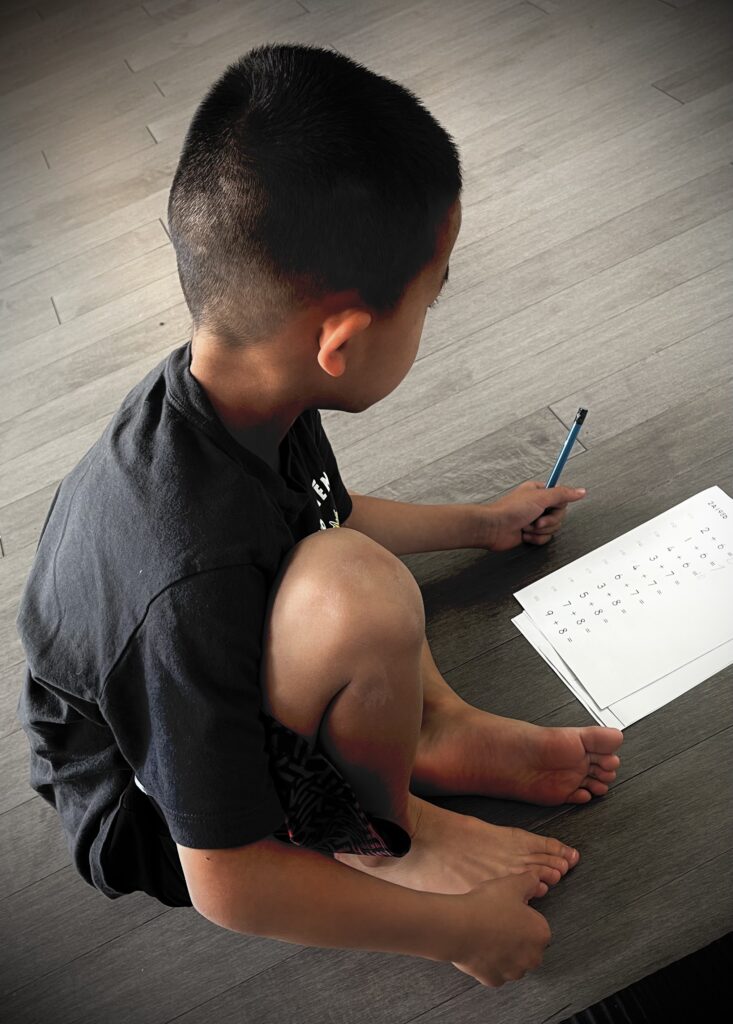In the intricate tapestry of the Lunar Zodiac, the Year of the Dragon shines brightly, symbolizing might and fortune. For Di Tran, straddling the realms of Vietnamese heritage and American dreams, the dragon year resonates deeply, reflecting his journey of cultural synthesis and personal discovery. Di Tran, who coins himself as “Vietnamese Born but American Made,” lives a story of resilience and adaptation, embodying the dragon’s spirit in his pursuit of a bicultural identity.
Rooted in the ancient traditions of Vietnam, Di Tran’s early years were steeped in a rich cultural heritage, laying the foundation for his values and worldviews. Yet, his migration to America marked the beginning of a new chapter, one filled with the challenges of assimilation and the opportunities to forge a new identity. The dragon’s attributes—courage, ambition, and innovation—mirror Di Tran’s experiences as he navigates the complexities of living between two distinct cultures.
The balance between maintaining Vietnamese traditions and embracing American ideals is a delicate dance for Di Tran. He faces the dual task of overcoming language barriers and dispelling stereotypes, all while striving to preserve his cultural roots. His journey highlights the critical role of education and reflection in bridging the gap between his past and present, enabling him to share the richness of Vietnamese history and culture with a broader audience.
As the Dragon Year 2024 looms, Di Tran sees it as an opportunity for introspection and growth, a time to set new goals and reaffirm his commitment to cultural exchange. His story is a testament to the dynamic interplay of heritage and identity, offering a blueprint for navigating the complexities of a multicultural existence.
Di Tran’s narrative transcends personal accomplishment, serving as a broader commentary on the challenges and rewards of living between two worlds. It sheds light on the importance of embracing one’s heritage while adapting to new environments, illustrating the enriching experience of cultivating a multifaceted identity.
In charting his course between the historical dragons of Vietnam and the soaring eagles of America, Di Tran not only bridges geographical divides but also fosters a deeper understanding and appreciation of cultural diversity. His journey is a beacon for those navigating their own path through the rich landscape of identity and belonging, highlighting the enduring power of heritage and the transformative potential of the American dream.

